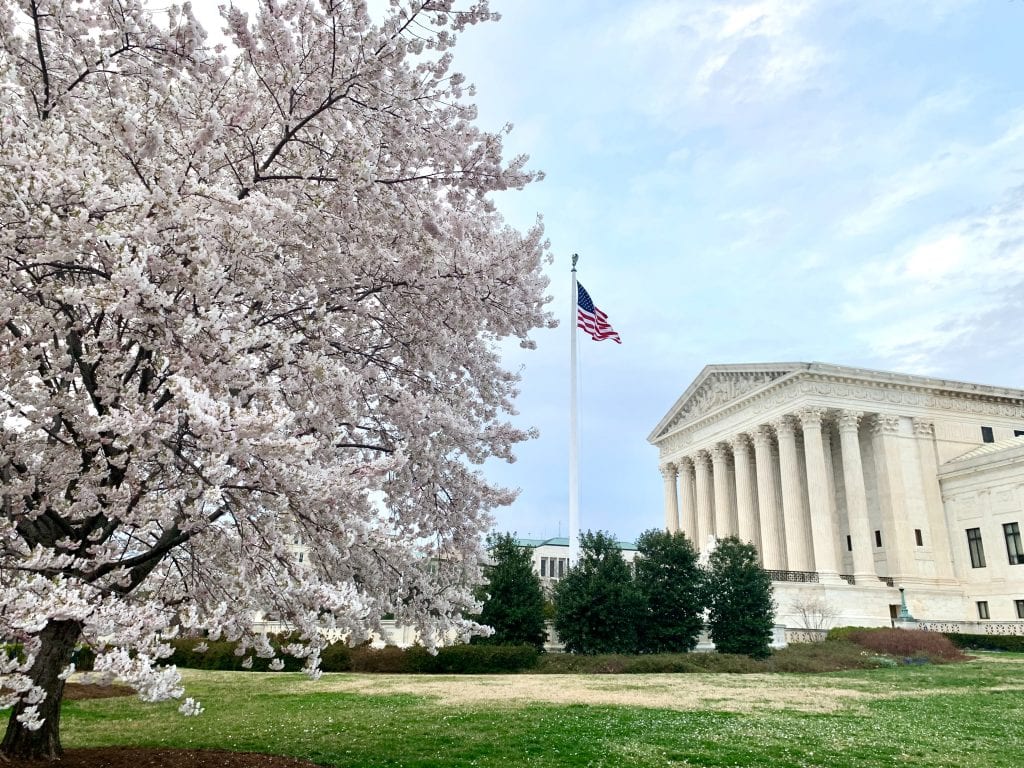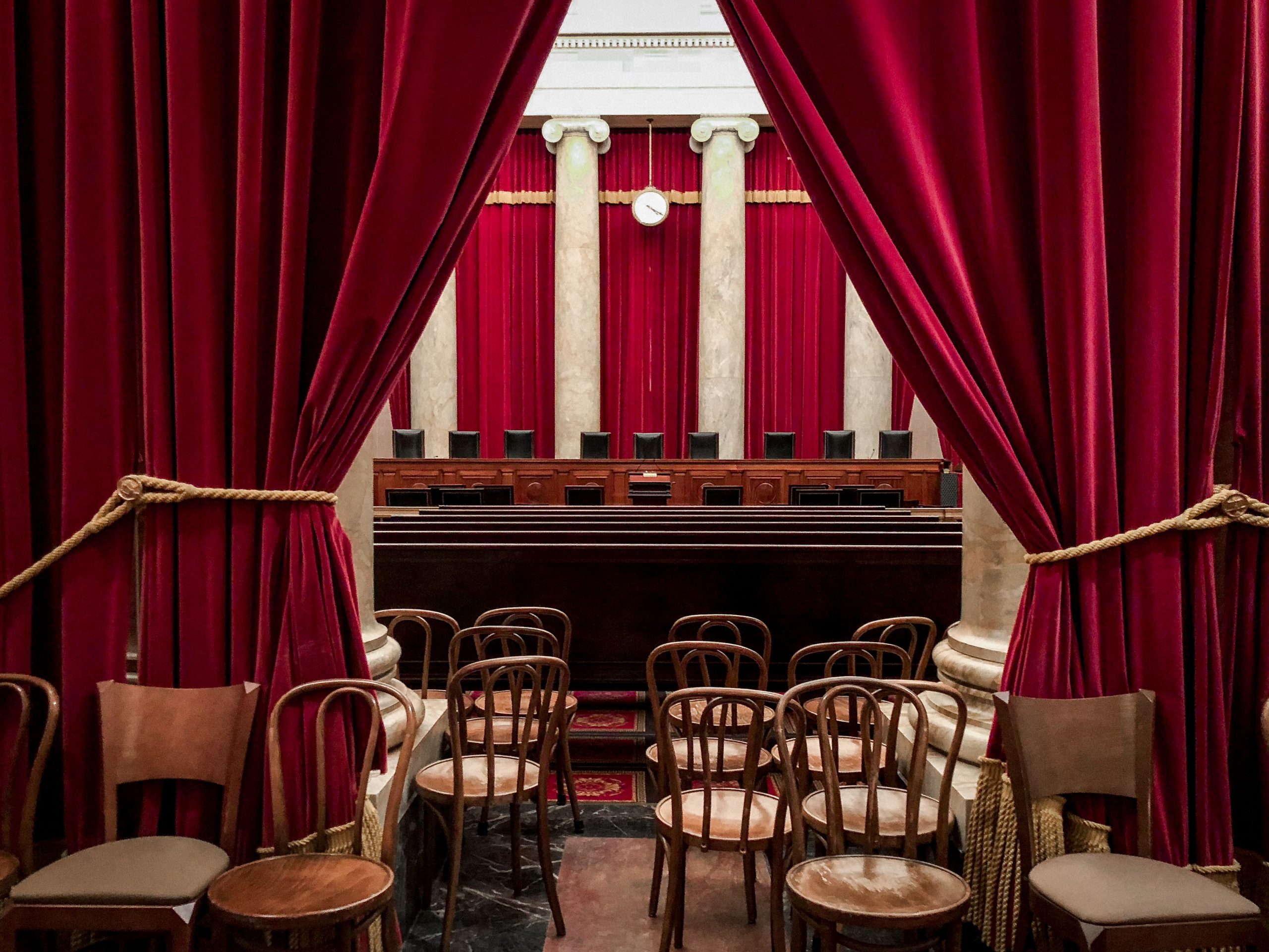Let’s say you’ve been convicted in a criminal case. You probably want to appeal. If you were convicted in a federal district court, you appeal to the applicable US Circuit Court of Appeal. If you were convicted in a state court, you appeal to your state’s appeals court. Regardless of where your conviction happened though, you could eventually appeal your case to the US Supreme Court. How?
What is the normal appeals process?
What the normal appeals process looks like depends on which court and state you are in. If you are in the federal court system, you were likely convicted in a US District Court. In Michigan, for example, there is the US District Court for the Eastern District of Michigan. That court has several different parts, including a Southern Division and a Northern Division. If your case goes to the Southern Division, you could be in a courthouse in Detroit, Michigan.
After a conviction in a US District Court, you appeal to a US Circuit Court of Appeal. There are 13 different circuit courts of appeal in the United States. So, if you appealed from the Eastern District of Michigan, you would appeal to the US Court of Appeals for the Sixth Circuit. That appeals court is in Cincinnati, Ohio.
If you are convicted in a state court, the process looks a little different. Using Michigan as an example again, someone convicted in the state court in Detroit would be convicted in the Wayne County Circuit Court. Then that person would appeal to the Michigan Court of Appeals. And, if they lost at the Court of Appeals, they could appeal to the Michigan Supreme Court.
When can you appeal to the US Supreme Court?
If you appeal to the US Court of Appeals in a federal case or your state’s highest court in a state case and lose, your next step is the US Supreme Court. The US Supreme Court is the highest court in the country. This means that its decisions are binding on all other courts. Its decisions are made by a group of nine justices and is located in Washington, DC.
The most common way for a case to get to the US Supreme Court is from a US Circuit Court of Appeal. If someone loses at the circuit-court level in a federal case, they can ask the Supreme Court to consider their case. Another less common way for a case to get to the Supreme Court is from the highest appeals court in a state. In Michigan, for example, this is the Michigan Supreme Court. If you lose there, you can ask the Supreme Court to consider the case next.
You ask the Supreme Court to consider your case by filing what is called a “petition for a writ of certiorari.” While the Latin phrase might sound fancy, the reality is that these kinds of petitions do something simple: They ask the Court to consider your case. Filing these petitions can be very expensive.

How often does the US Supreme Court grant an appeal?
Rarely. Unlike many state and federal appeals courts, the US Supreme Court does not have to consider cases filed in it. Thousands of people file petitions every year, but the Court only decides a few. For the Court to consider a case, four out of the nine justices must agree to do so. If at least four don’t believe your case is worth consideration, they will issue an order denying certiorari. This means that the lower court’s decision stays in place.
All in all, the US Supreme Court only hears arguments on around 80 cases every year. That’s a small percentage of the between 7,000 and 8,000 petitions that people file.
The Takeaway:
If you’ve been convicted of a crime, you may end up taking your case to the US Supreme Court in Washington, DC. If the lower federal or state courts got the case wrong, the Supreme Court can fix the problem. But it doesn’t have to. And the Supreme Court only considers a small fraction of the cases filed before it every year.






